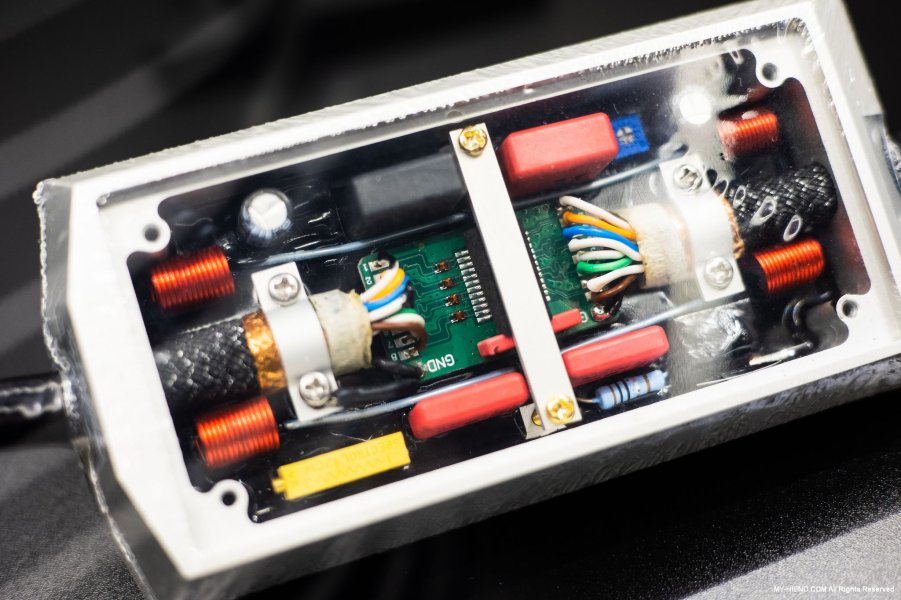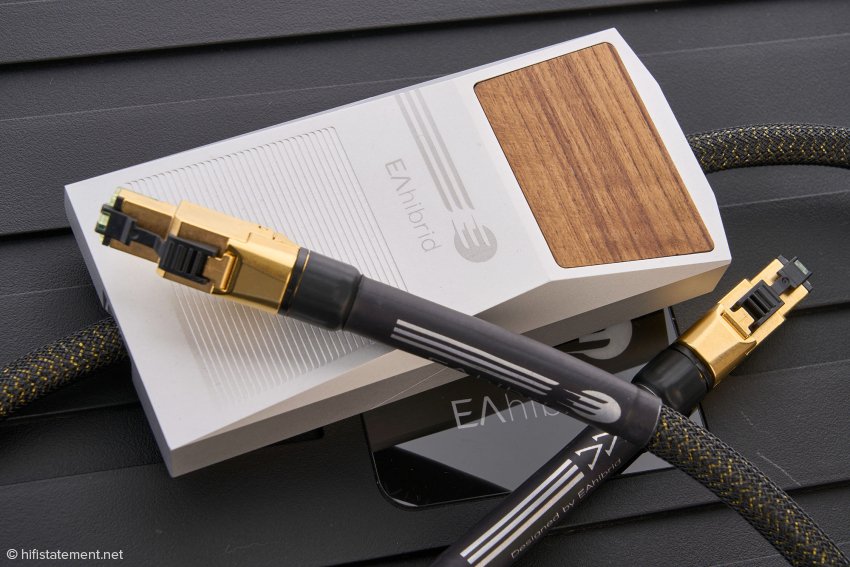Well, I am sure you tend to a Reiki ;-)
I suspect the post from "jasond" was in response to my own deliberately blank post, not to you... fair cop, I do indeed tend towards a Reiki Audio switch!Probably silly on my part, but I am aspiring towards a switch that is a single box. Reiki not on my list for that reason. Tempus would be excluded to if I hadn’t heard how good it was in my own system.
The multiple box thing can work fine for me if the chassis is small as in the case of the EtherRegen. I wouldn’t be asking about other switches now if their Gen 2 switch was shipping now. It’s just that I’ve arrived at the point that I am willing to spend a few grand to finally be done with the hassle of slow file copy over a 100 mb pipe.
I should point out that some highly regarded switches are also available as a single box and that the external LPSU is an option.
Last edited:












